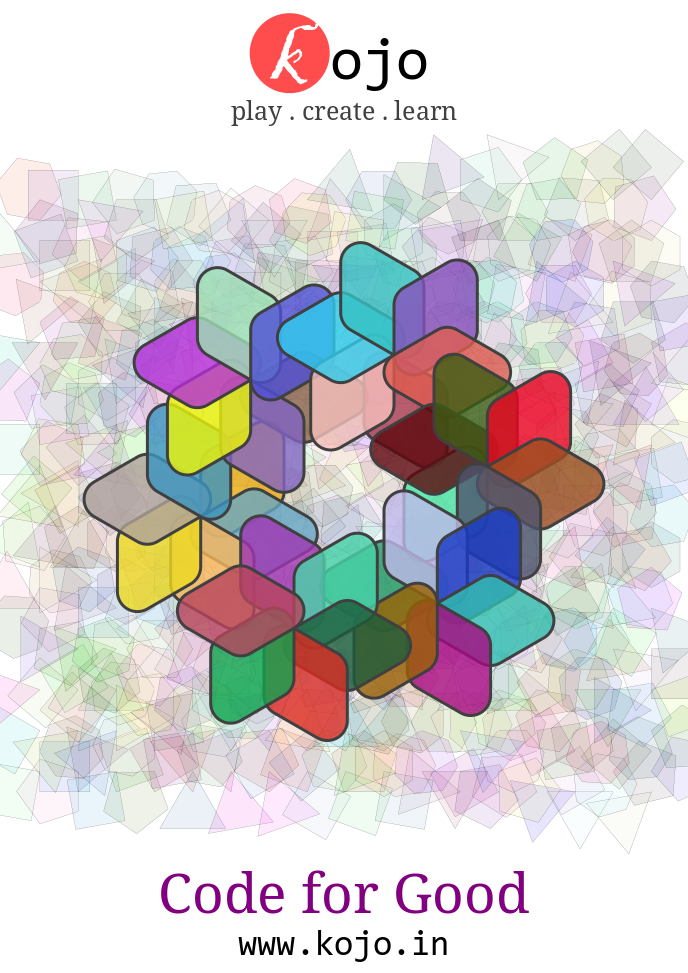Kojo Strengths
A big strength of Kojo is that it brings together a powerful programming language, a strong (but easy to use) programming environment, and rich areas of programming with opportunities for physical product development and real-world impact.
Individually, each of the above features is very useful to have in a programming environment. Collectively, these features enable Kojo to provide a very fertile space for empowered exploration, discovery, creation, innovation, and multidisciplinary learning.
Kojo has been used world-wide with good success over the past decade.
A powerful language
Scala, the programming language used in Kojo, has great (arguably better than any other language in the world) support for the most important and widely used programming/computing ideas and paradigms:
- modular programming
- object-oriented programming
- functional programming
- concurrent programming
Kids learning programming in Kojo get to see these ideas in a theoretically clean but also practically very usable and rich context. These learned ideas can then be transferred very easily to other languages like Python, Javascript, and Java.
A modern programming environment
Kojo has the following features to support the flow of programming:
- Syntax highlighting.
- Code completion.
- Interactive Program Manipulation.
- Online help.
- Strong feedback loop - instant feedback for graphics and console based programming.
- Program data exploration via Worksheet mode or Explorer pane.
- Program tracing.
- Lightweight breakpoints.
- Line-by-line program running.
- Searchable program history.
- And more…
Rich areas of programming
Kojo has very good support for many exciting and rich areas in which children can write programs, leading to great opportunities for learning.
Physical product development opportunities
Kojo has excellent support for creative coding and generative art, which can be used to create exciting designs that can be printed on t-shirts, carry bags, posters, back-packs, cups, caps, etc. This enables children to build things that they can use, showcase, and potentially sell (for good causes). This in turn provides tremendous motivation and multi-dimensional learning and growth opportunities. Here’s a picture of a Kojo poster (and a Kojo-designed carry bag) showing some of these ideas in action:

And here is a sample t-shirt design done in Kojo:

Copyright © 2010–2025 Kogics Foundation. Licensed as per Terms of Use.